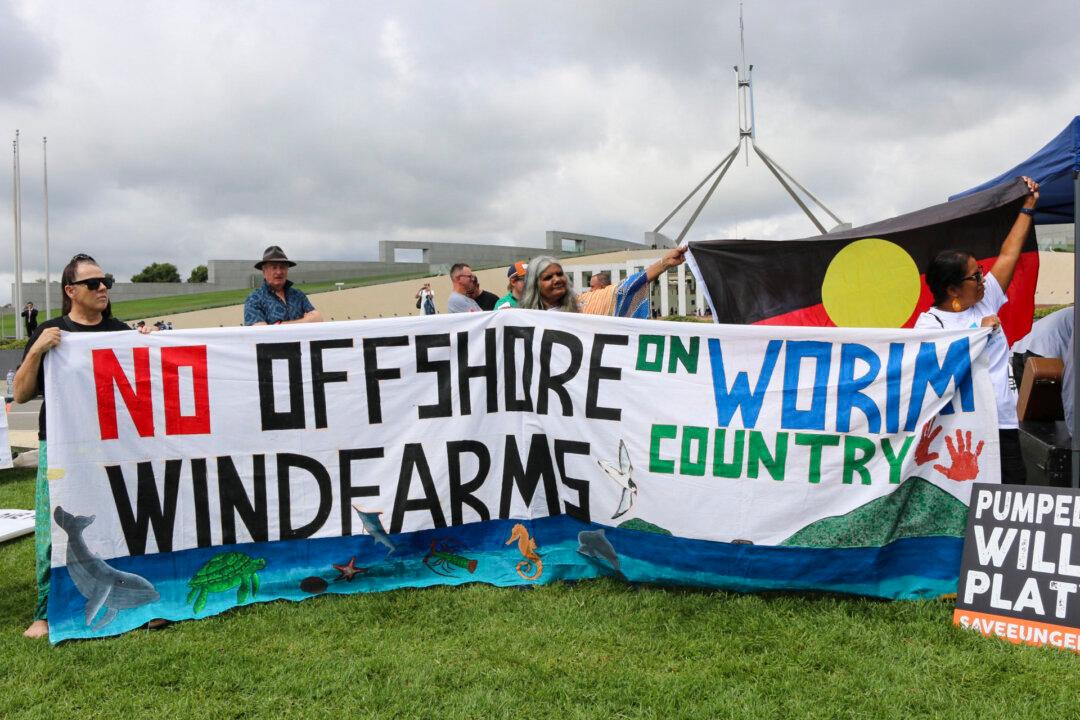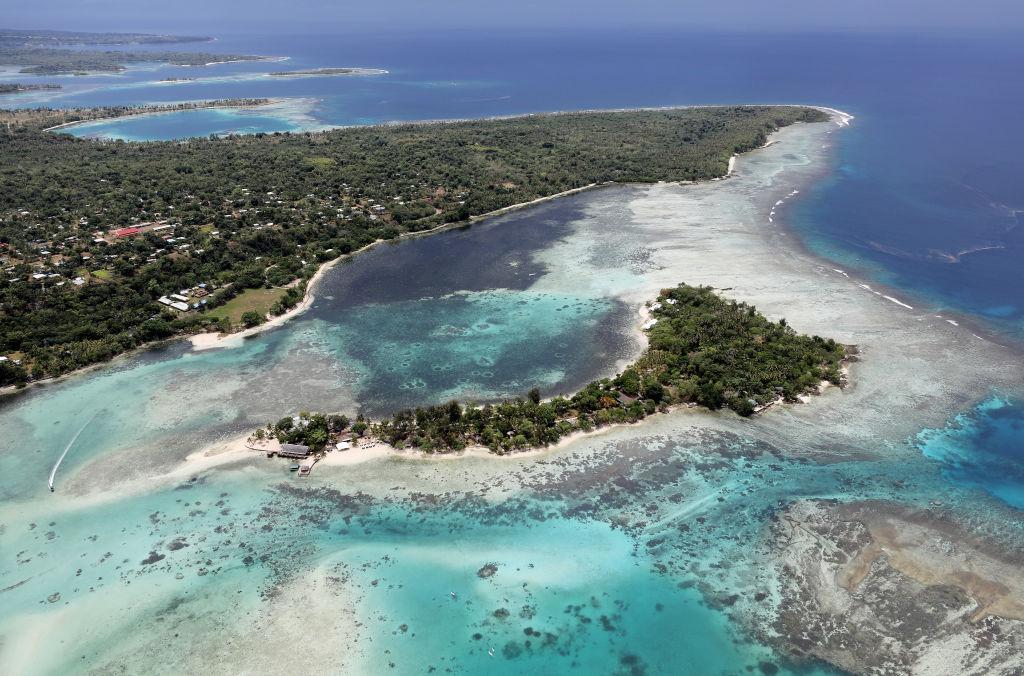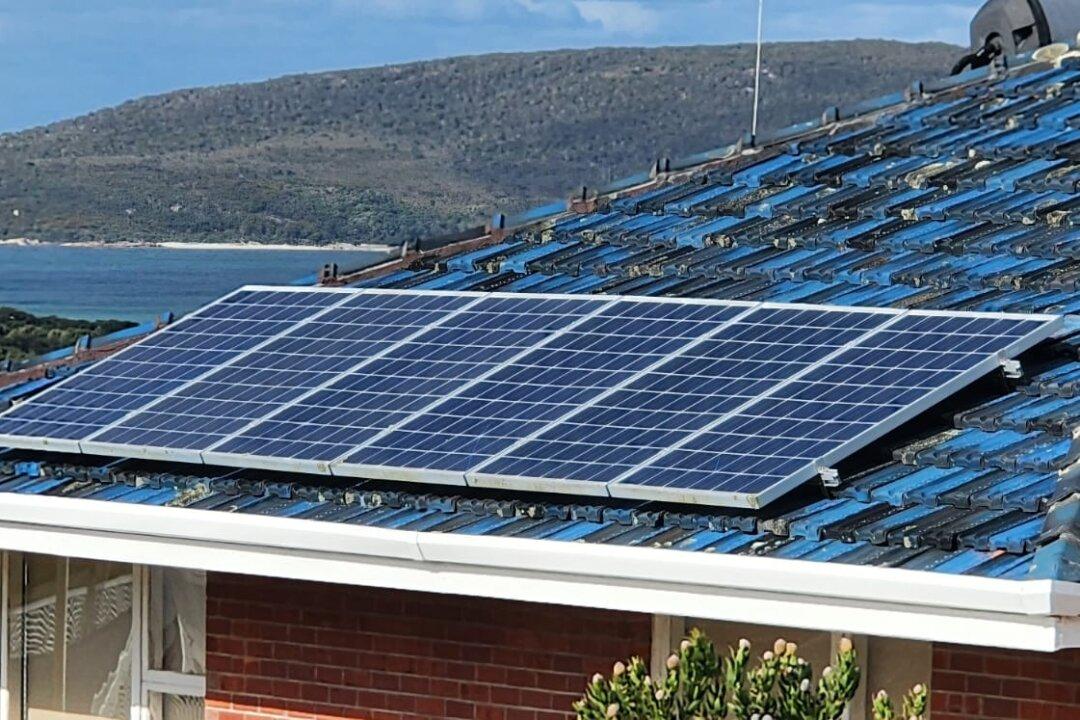Farmers, landowners, and concerned citizens have rallied in Canberra over frustrations aimed at the federal Labor government’s renewable energy agenda.
During the government’s first day of Parliament, National Rally Against Reckless Renewables (NRARR) Chair Grant Piper demanded an immediate halt to wind, solar, and hydro projects, along with their associated transmission construction.




